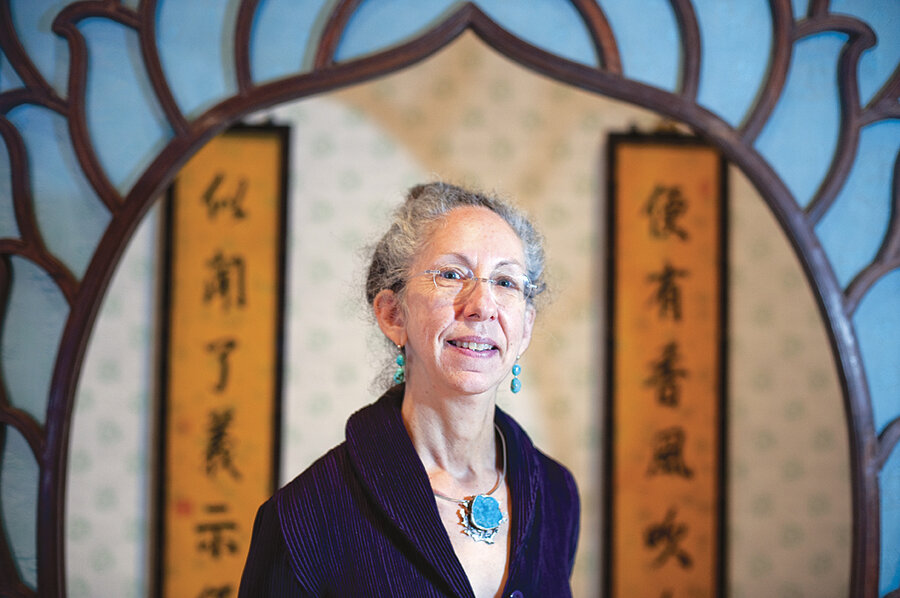Curator extraordinaire of Chinese art
It's good to be king; it's even better to be the power behind the throne. That power belongs to Nancy Berliner, curator of Chinese art at the Peabody Essex Museum (PEM), who helped organize the current exhibition of imperial treasures from Beijing's Forbidden City.
She breathes a rarefied air: Only a handful of major American museums dedicate a specific curatorial role to Chinese art, according to Maxwell Hearn, curator of Asian art at the Metropolitan Museum of Art in New York.
Ms. Berliner's first curatorial coup took place in 1996 when, as a freelance curator, she persuaded PEM in Salem, Mass., to buy the 200-year-old home of a Chinese merchant in Anhui Province, dismantle and ship it to the United States, and reassemble the house in the museum's courtyard.
When officials from Beijing's Palace Museum, which administers the Forbidden City, visited PEM in 2006, they were so impressed with the Chinese house that they asked Berliner to join them on the Qianlong Garden project.
For Berliner, no workday is ever the same. Exhibitions take years to arrange, especially those requiring international cooperation. For the Qianlong project, she drew on her fluency in Mandarin and her familiarity with Chinese culture. She traveled frequently to Beijing, researching the art, studying its origins and materials. She met with officials from the Palace Museum and the World Monuments Fund, and kept PEM staff apprised of their progress. She wrote the exhibition catalog, approved marketing materials, and spoke to the press.
"Nancy was the only curator who could have done this project. She totally understands the culture from the inside," says Henry Ng, executive vice president of the World Monuments Fund. "The authorities knew her and trusted her."





